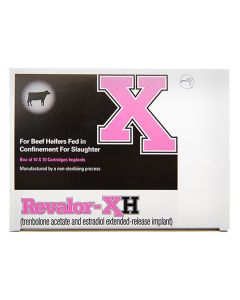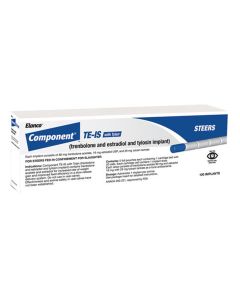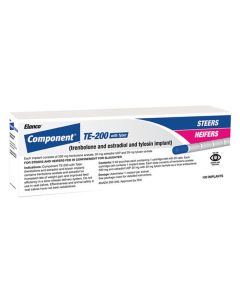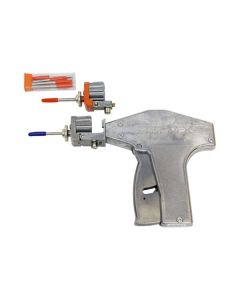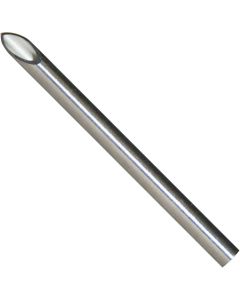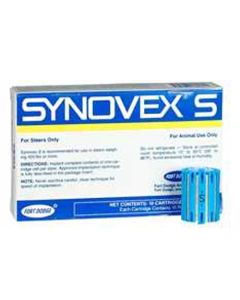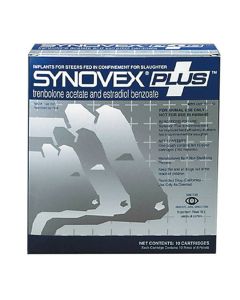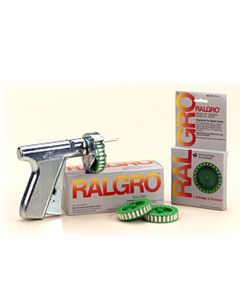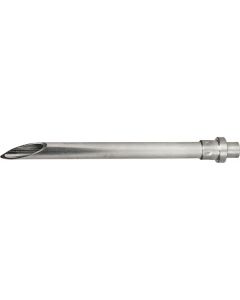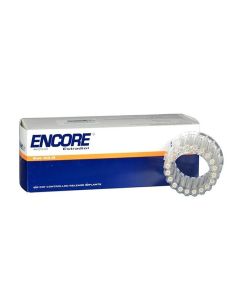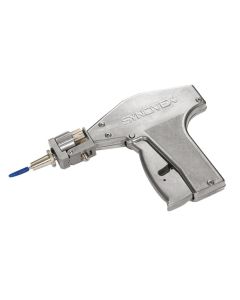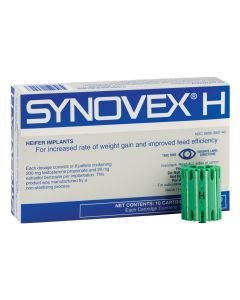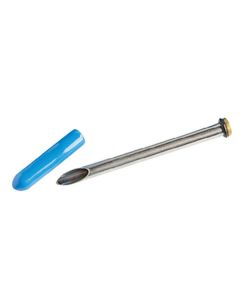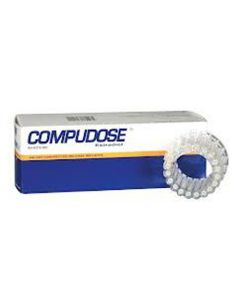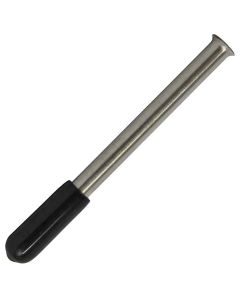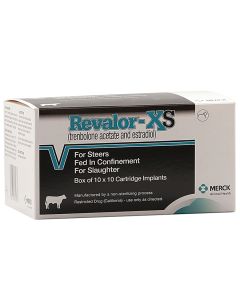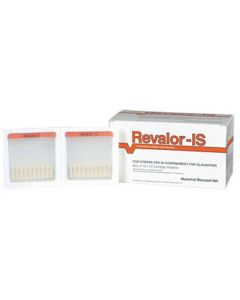Implants are drugs that are injected under the skin of beef cattle and are designed to improve growth and feed efficiency. These implants release a slow, continuous dose of the active ingredient into the bloodstream of the animal, which can have a number of effects depending on the specific product being used.
Some common types of implants used in beef cattle include:
Growth implants: Growth implants contain hormones, such as testosterone or estradiol, that help to stimulate muscle growth and improve feed efficiency. These implants are typically used in growing and finishing animals to help them reach their desired weight more efficiently.
Estrous synchronization implants:
Estrous synchronization implants are hormone implants that are used to regulate the estrous cycle, or heat cycle, of beef cattle. These implants contain hormones, such as progesterone or estradiol, that help to synchronize the estrous cycles of multiple animals, which can improve breeding efficiency and fertility.
Estrous synchronization implants are typically used in breeding herds to help improve the efficiency of artificial insemination (AI) programs. By synchronizing the estrous cycles of the animals in the herd, the timing of AI can be more closely controlled, which can increase the success rate of the program. In addition, estrous synchronization implants can help to reduce the number of animals that need to be physically examined for estrus, which can save time and labor.
There are several different types of estrous synchronization implants available, which differ in the specific hormone they contain and the duration of the estrous cycle they produce. Some implants produce a fixed-length estrous cycle, while others allow for a more natural-length estrous cycle. The specific implant chosen will depend on the needs of the herd and the specific breeding program being used.
To use estrous synchronization implants, the implants are typically inserted under the skin of the animal using a special applicator. The implants release a slow, continuous dose of the hormone into the bloodstream of the animal, which helps to regulate the estrous cycle. The animals are then observed for estrus, or heat, and AI is performed at the appropriate time.
Overall, estrous synchronization implants are a useful tool for improving breeding efficiency and fertility in beef cattle. By synchronizing the estrous cycles of the animals in the herd, the timing of AI can be more closely controlled, which can increase the success rate of the program and improve the productivity of the herd.
Melengestrol acetate (MGA) implants: MGA implants contain the hormone melengestrol acetate, which can help to suppress the estrous cycle in beef cattle. These implants are often used in feedlot operations to help prevent pregnancy and improve feed efficiency.
Implants are considered to be safe and effective when used as directed, but it is important to follow the manufacturer's instructions carefully and to use the appropriate implant for the specific needs of the animal.
Beef Implant Examples:
Synovex is a brand name for a group of hormone implants that are used in beef cattle to improve growth and feed efficiency. The implants contain a combination of testosterone and estradiol, which are hormones that help to stimulate muscle growth and improve feed efficiency.
Synovex implants are typically used in growing and finishing animals to help them reach their desired weight more efficiently. The implants are injected under the skin and release a slow, continuous dose of the hormones into the bloodstream of the animal.

![Zoetis 10024618 Synovex One Grower [100 ds]](https://www.armoranimalhealth.com/media/catalog/product/cache/e914555b100ef56353ce6dd3a88e0faa/z/o/zoetis_10024618_synovex_one_grower.jpg)
